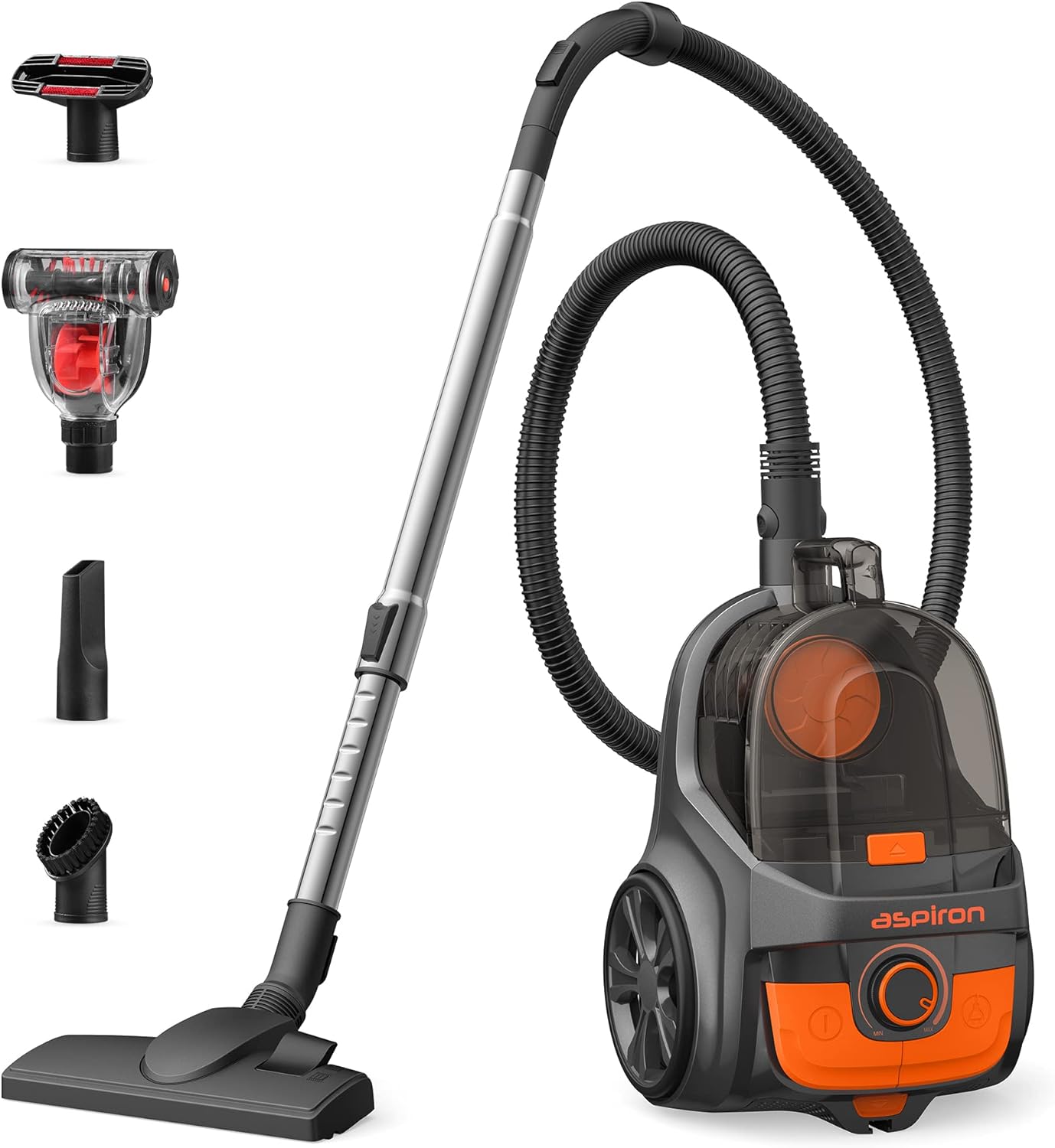Flea Transportation: Can These Pests Travel on Humans Between Houses?
Can fleas travel on humans to another house?
Yes, fleas can travel on humans from one house to another, though they prefer animal hosts. While fleas don’t live on humans long term, they can temporarily hitch a ride on clothing, shoes, or hair before seek a more suitable host like a cat or dog in a new location.
Understand how fleas transport between homes is crucial for effective pest control and prevention. Let’s explore the facts about these persistent parasites and how to stop their spread.
How fleas move between locations
Temporary human hosts
Unlike some parasites, fleas don’t prefer humans as permanent hosts. Human blood isn’t their ideal food source, and our lack of body hair make us less hospitable environments. Yet, this doesn’t mean we’re immune to their transportation capabilities.
Fleas can jump onto human clothing, shoes, pant legs, or yet in hair. They may bite humans, cause itchy welts, but they typically don’t remain on us for extended periods. Rather, they use us as temporary transportation to reach their preferred hosts.
The flea jump
Fleas possess remarkable jumping abilities. They can leap up to 13 inches horizontally and 7 inches vertically — extraordinary distances for their tiny size. This jumping prowess make it easy for them to hop onto pass humans or pets.
When a human walks through an infested area, fleas can speedily jump onto shoes, socks, or pant legs. From thither, they may crawl upwardly or remain in place until they reach a new environment.
Common transportation methods
Fleas travel between houses through several common vectors:
- On clothing and shoes
- In bags, backpacks, or purses
- Through temporary attachment to hair
- On blankets, towels, or other fabric items
- Via pet transportation
While pets remain the primary transportation method, human assist movement shouldn’t be underestimated, peculiarly in severe infestations.
Signs fleas have travel with you
How do you know if you’ve become an unwitting flea taxi? Watch for these telltale signs:
Physical evidence
- Small, dark insects visible on clothing, peculiarly near ankles and lower legs
- Tiny black specks (flea dirt )on socks or pant cuffs
- Unexplained itchy bites, ofttimes appear in lines or clusters
- Bites concentrate around ankles, calves, and waistbands
Behavioral clues
You might notice unusual pet behavior after visit potentially infest locations. Your pets may abruptly begin scratch overly or show signs of skin irritation presently after you return household from visit a place with fleas.
Additionally, if you find yourself scratch unexplained bites after visit someone’s home, you may have encounter fleas thither.
Flea life cycle and human transportation
Understand the flea life cycle help explain how these pests spread between locations.
Adult fleas
Adult fleas are the stage nigh likely to travel on humans. These are the jumping, bite insects visible to the naked eye. They’re roughly 1/8 inch long, dark brown to reddish brown, and have flattened bodies design to move through animal fur.

Source: fluffytamer.com
Once an adult flea find a suitable host, it typically remains thither for its 2 3 month lifespan, feed and reproducing. Yet,if youf will disturb or if the host become unavailable, they’ll promptly will jump to find a new host — will include temporarily will attach to humans.
Eggs, larvae, and pupae
While adult fleas may hitch rides on humans, other life stages typically don’t. Flea eggs are small, white, and smooth. They fall off the host into the environment, oftentimes accumulate in carpets, bedding, or furniture crevices.
Larvae hatch from these eggs and avoid light, burrow deep into carpets and cracks. Pupae develop protective cocoons and can remain dormant for months, wait for the right conditions to emerge as adults.
These immature stages seldom travel instantly on humans but may be transport in infest items like blankets, pet bed, or furniture.
Prevent flea transportation
Take proactive measures can importantly reduce the risk of transport fleas between locations.
When visit potentially infested areas
- Wear long socks and tuck pant legs into them
- Apply insect repellent contain DEET to lower legs and ankles
- Avoid sit immediately on carpets or upholstered furniture
- Inspect clothing before return home
- Change clothes instantly upon return and wash the worn items in hot water
Protect your home
If you suspect you’ve been exposed to fleas:
- Remove and wash clothing instantly in hot water (at least 140 ° f )
- Take a shower to wash by any fleas that may be on your body
- Vacuum exhaustively, particularly areas where you’re beginning enter the home
- Empty the vacuum canister or dispose of the bag outside your home
- Treat pets with veterinarian approve flea preventatives
Long term prevention
Maintain a flea free environment require ongoing vigilance:
- Keep pets on year round flea prevention programs
- Vacuum regularly, particularly in areas where pets rest
- Wash pet bed weekly in hot water
- Maintain your yard by keep grass shortstop and remove debris where fleas might hide
- Consider professional pest control services for severe infestations
Treat a flea infestation
If fleas have already established themselves in your home, a comprehensive approach is necessary.
Immediate actions
Start with these urgent steps:
- Treat all pets with veterinarian approve flea treatments
- Vacuum exhaustively throughout the home, focus on carpets, furniture, cracks in flooring, and pet resting areas
- Wash all bed, pet bedding, and removable furniture covers in hot water
- Use a steam cleaner on carpets and furniture when possible, as the heat kill fleas in all life stages
Environmental treatments
Address the environment with appropriate products:
- Use indoor flea sprays or loggers design for home use
- Apply insect growth regulators (iIRS))o prevent eggs and larvae from develop
- Treat outdoor areas where pets spend time with appropriate yard sprays
- Consider diatomaceous earth as a natural alternative for carpets and pet bed
Professional help
For severe infestations, professional pest control services offer several advantages:
- Access to more powerful and effective treatments
- Knowledge of flea behavior and hiding spots
- Integrated pest management approaches
- Follow-up treatments to address freshly hatch fleas
Remember that complete elimination typically require multiple treatments over several weeks, as pupae can remain dormant and protect from insecticides.
Flea bites on humans
While fleas will prefer animal hosts, they’ll bite humans when other options aren’t available.
Identify flea bites
Flea bites on humans typically appear as:
- Small, red bumps with a halo like redness around them
- Intensely itchy spots that may develop into blisters
- Clusters or lines of bites, oftentimes around ankles, calves, or waist
- Bites that appear within minutes of exposure
Treat flea bites
If you’ve been bite, these measures can help relieve discomfort:

Source: thepestinformer.com
- Wash the affected area with soap and water
- Apply an ice pack to reduce swell
- Use over the counter anti itch creams contain hydrocortisone
- Take antihistamines to reduce allergic reactions
- Avoid scratch to prevent secondary infections
Seek medical attention if bites become infected or if you develop severe allergic reactions.
Health risks of flea transportation
Beyond the annoyance of bites, fleas can pose more serious health concerns.
Disease transmission
Though rare in modern develop countries, fleas can transmit several diseases:
- Murine tofu
- Plague (exceedingly rare in the uUnited States)
- Salmonellosis (cat scratch disease )
- Tapeworms (if a flea is circumstantially iingest))
Secondary infections
Scratch flea bites can break the skin, allow bacteria to enter and potentially cause:
- Impetigo
- Cellulitis
- Lymphangitis
Allergic reactions
Some individuals experience severe allergic reactions to flea bites, result in:
- Extensive swelling
- Hives or rash beyond the bite area
- Difficulty breathing (in rare, severe cases )
- Anaphylaxis (exceedingly rare )
Common misconceptions about fleas
Several myths persist about fleas and their transportation:
Myth: fleas live and breed on humans
Reality: unlike lice, fleas don’t typically live on humans long term. They will prefer furry animals and solitary will use humans as temporary hosts when preferred hosts aren’t available.
Myth: exclusively pet owners need to worry about fleas
Reality: while pets are common flea carriers, homes without pets can unruffled develop infestations. Fleas can enter on human clothing or through wildlife in attics, crawl spaces, or yards.
Myth: fleas die in winter
Reality: while outdoor fleas may struggle in cold weather, indoor fleas thrive year round in heated homes. Central heating create ideal conditions for continue reproduction irrespective of outdoor temperatures.
Myth: one treatment will eliminate all fleas
Reality: due to their complex life cycle, complete flea elimination typically require multiple treatments over 3 4 weeks to address eggs and pupae as they develop into adults.
Final thoughts on flea transportation
While fleas prefer animal hosts, they can so travel on humans between houses. Understand this transportation mechanism is essential for effective prevention and control.
By take proactive measures — inspect clothing after visit potentially infest areas, maintain pet flea prevention, and pronto address any signs of fleas — you can importantly reduce the risk of bring these persistent pests into your home.
Remember that flea control require a comprehensive approach address all life stages and potential hiding spots. With vigilance and appropriate treatments, you can keep your home and family flea free, flush if you’ve unwittingly transported these hitchhike pests.



